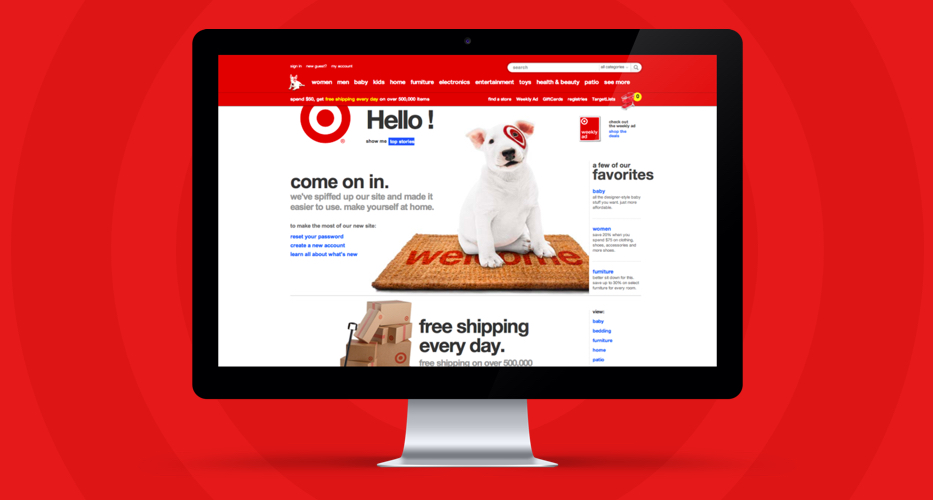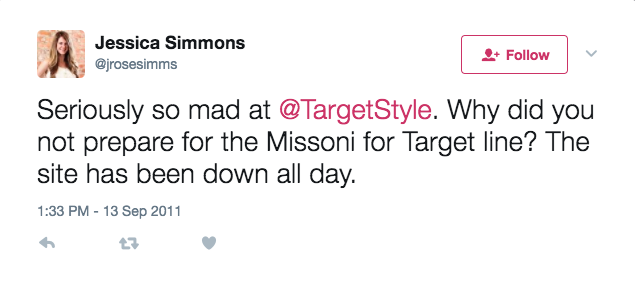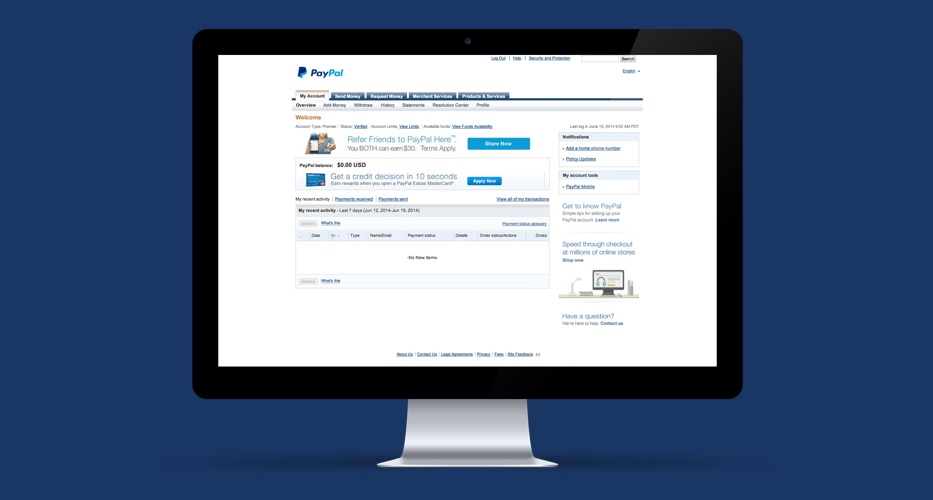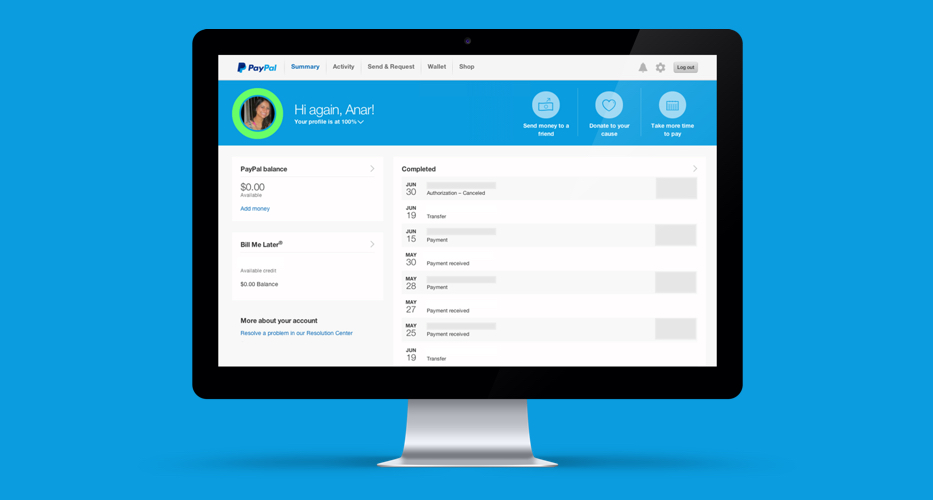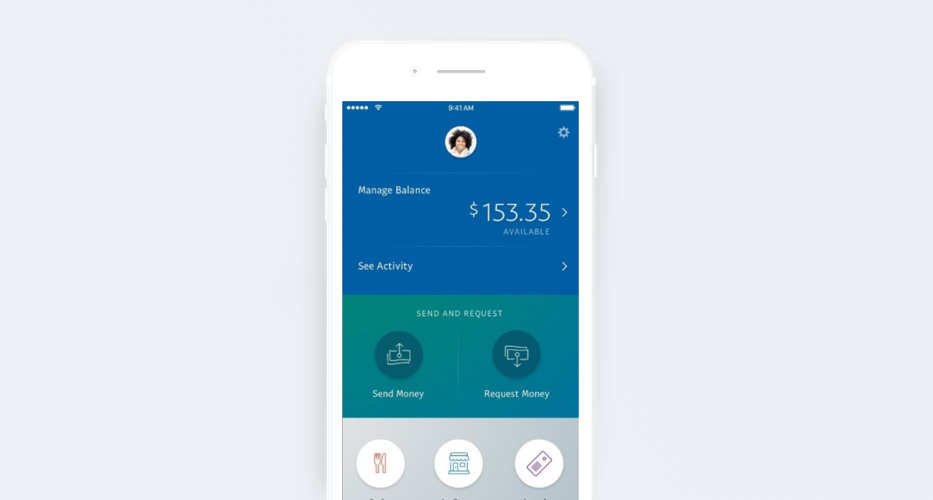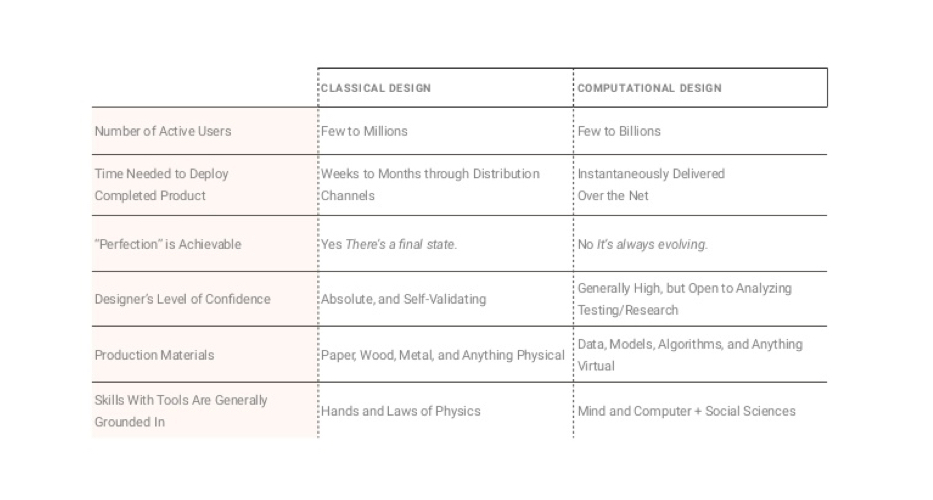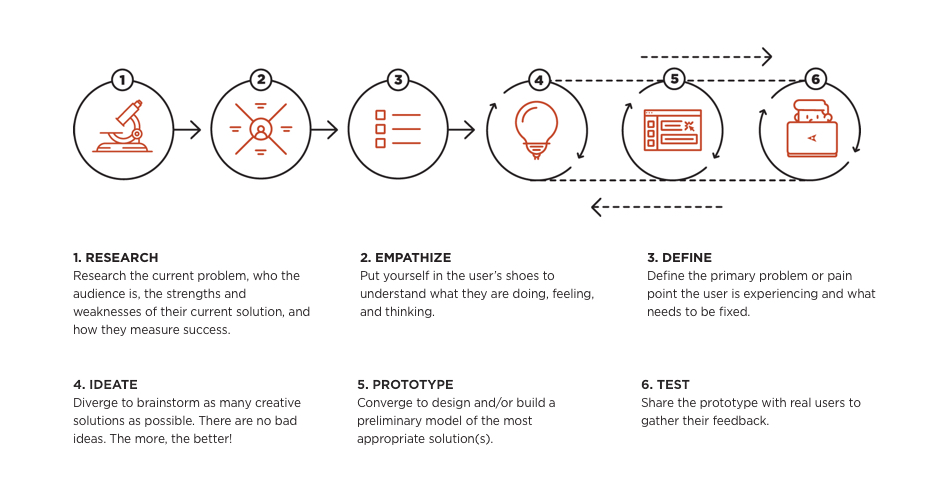“Throw Some UX on It”: The Rookie Mistake Many Executives Make

After years in your old, cramped house, it’s finally time to start fresh. With a healthy budget and a hatred for DIY projects, you decide to look for a recently remodeled, turn-key home.
Luckily it’s not hard to find. Within your first weekend of searching, you find a beautiful 4-bedroom home that was remodeled from top to bottom. It looks straight out of an HGTV episode: gorgeous finishes, all the latest design trends, and even a new den addition with cool lighting and surround sound.
You consider putting in an offer below the sale price, but with so many other interested buyers, you start to feel the crunch. The home is perfect. You have to have it.
One competitive offer, 30 days of escrow, and a few large checks later, it’s all yours! As you unpack all of your boxes and begin to settle in, you can’t wait to have your friends over and show off your beautiful new house.
But then…the lipstick starts to wear off.
Beneath the gorgeous hardwood floors lies a plumbing issue that ends up leaking water into the foundation. Poorly placed light switches and outlets turn each night into a blind scavenger hunt. Some of the doors don’t stay shut, leading to annoying privacy issues and safety hazards.
You begin to realize your home may look perfect, but once you start to scratch beneath the surface, it’s anything but.
When it comes to product and web design, the same risks apply: Just because it’s pretty doesn’t mean it’s practical.
Just because it’s pretty doesn’t mean it’s practical.
The Dangers of “Throwing Some UX on It”
One of the most common requests our team at Drawbackwards gets is: “We want to redesign our [product, app, website, etc.].”
In many cases, the business has been making incremental improvements, and it’s finally time to do a larger-scale redesign to incorporate customer feedback, apply research findings, and make sure the product is aligned with the company’s strategy. But sometimes, the stakeholder simply wants to “throw some UX on it.” By that, they often mean focusing solely on visual updates.
Like the remodeled home that’s completely flawed beneath the surface, “throwing some UX on it” may make your product look better, but unless it makes the overall experience better and adds more value for your users, it’s not going to produce the results you’re looking for.
Good visual design is important, but it’s fleeting. Subjective. Trendy. Surface-level. Once someone digs just a little deeper and sees that the product underneath doesn’t meet their needs, or once their taste changes, they move on. How can your product make a real impact on the masses if it’s all vanity and no value?
“Throwing some UX on it” may make your product look better, but unless it makes the overall experience better and adds more value for your users, it’s not going to produce the results you’re looking for.
Target Misses the Target
Even the biggest brands working with the biggest names in design aren’t immune to UX failures.
Take Target. In 2011, this mega retailer undertook a mega redesign dubbed “Everest.” The company wanted to move off of Amazon’s technology platform and update the site’s visual design. The style was classic Target: minimalistic, lots of white space, and true to the red-and-white brand palette.
But when the site launched right before the busiest shopping period of the year, shoppers found a glitchy mess: broken links, endless errors, poorly placed ads, missing registries, carts with minds of their own, and other obstacles that prevented people from completing their purchases.
It even crashed completely for most of the day when high-end designer Missoni launched their new collection on the site.
Target’s site had one job: make it easy for customers to buy. And it failed miserably — a cautionary tale about focusing too much on how it looks and not nearly enough on how it works.
PayPal Profits by Focusing on the User Experience
While Target was “throwing some UX” on their site, PayPal was beginning to plan a more strategic redesign of their own.
Like PayPal’s business, their website and app had started small and grown quickly. More and more products were added over time, making it difficult for customers to find what they needed and complete key tasks, such as signing up and processing transactions.
In 2014, Lead UX Designer at PayPal Ross Stuart (now Sr. UX Designer at Amazon) helped the team outline several goals for the website and app redesign.
Help new customers understand:
- What PayPal is and the value it provides
- How to make their first transaction
Help existing customers:
- Use PayPal on mobile
- Better understand their activities and transactions
- Send money from person to person
PayPal’s culture had evolved over the years as they saw the downfalls of purely aesthetic design and the impact of taking a more in-depth, strategic approach. That’s why they kicked off this redesign with research.
PayPal believes in “Customer-Driven Innovation,” a lean way of identifying customer problems prior to usability testing so they could confirm if they’re solving the right problems and leverage usability testing to validate solutions. This process involves collaboration between the company’s Design, Product, and Technology teams, with the customer serving as the main stakeholder who keeps them aligned.
PayPal saw the downfalls of purely aesthetic design and the impact of taking a more in-depth, strategic approach. That’s why they kicked off this redesign with research.
As they embarked on the redesign, PayPal’s UX team used design thinking and an intentional process to guide them to the right solutions:
- Empathize: Gain empathy through customer interviews and field studies to understand their values and motivations, and how they use PayPal’s products.
- Define: Summarize their primary Jobs to be Done into Customer Stories, which serve as a “North Star” to guide the UX team and align the entire organization around the users’ needs. Also create customer journey maps to show how customers use PayPal and identify gaps in their experience.
- Ideate: Brainstorm tons of possible solutions that fill gaps and fulfill the Jobs to be Done.
- Prototype: Create rough sketches and prototypes of each potential solution.
- Test: Test prototypes with real customers in the usability lab, iterate, and decide what to build.
Stuart admits that getting stakeholders on board with this research-based, iterative, user-centered approach didn’t happen overnight, but it became much easier once they got in front of customers and started seeing the value.
Using the design thinking process, PayPal was able to create a new experience that not only boosted their results, but also raised the bar for the entire payments industry.
Using the design thinking process, PayPal was able to create a new experience that not only boosted their results, but also raised the bar for the entire payments industry.
Before:
After:
After launching the new website and app, PayPal saw significant increases in:
- Account completion
- The number of users connecting their banks and cards to their PayPal account (key to enabling customers to make their first transaction)
- The percentage of people sending money to other users
- Positive customer feedback that they understand their transactions better
Stuart attributes these results to PayPal’s company-wide focus on the user experience.
“I always ask, ’Who are we creating this experience for?’” he explains. “It should be for the end user, and any new ideas need to be vetted by our customers, or we could spend tons of time and money building the wrong thing.”
“That’s why anytime we can get customer input, it’s a good thing. It will drive value for them, which provides value for the business.”
“Anytime we can get customer input, it’s a good thing. It will drive value for them, which provides value for the business.” – Ross Stuart, former Lead UX Designer at PayPal
Design Thinking: The Value of Treating Design as Problem Solving
Diego Rodriguez, a partner at pioneering design firm IDEO, would have loved PayPal’s process. He suggests:
“Stop treating design as a noun. We would all be better off treating design as a verb, a process, a way of approaching challenges which designers and non-designers alike can learn to use to create positive change in the world.”
As Rodriguez describes, design is no longer pure aesthetics that appeal to our personal taste. It’s a critical-thinking process that solves business problems, produces millions (often billions) in ROI, and truly makes a difference in someone’s life.
Aesthetic Design (or “Classical Design”) vs. UX Design (or “Design Thinking”)
Source: https://designintechreport.wordpress.com/2017/03/11/design-in-tech-report-2017/
The Design Thinking Process
This shift from “classical design” to “design thinking” also has sparked a shift in the process. Design used to start with looking for inspiration, then perhaps sketching or planning an idea, then making it come to life. But as PayPal and many other brands have realized, problem solving requires more thinking and research than simply making something pretty. That’s where design thinking comes in.
Today’s most effective products and experiences are the result of design thinking, a methodology that helps designers (or anyone) understand and solve a specific problem. The idea first surfaced in the 1960s and 70s before becoming more popular in the 1980s and 90s thanks to Peter Rowe’s 1987 Design Thinking book and the Stanford University d.school.
“Stop treating design as a noun. We would all be better off treating design as a verb, a process, a way of approaching challenges which designers and non-designers alike can learn to use to create positive change in the world.” – Diego Rodriguez, Partner at IDEO
At its core, design thinking is a practical yet creative framework that guides you through the process of empathizing with users and the problem first, then diverging to brainstorm numerous ideas for solutions, and converging to identify the best one. This methodology also embraces the idea of iteration, and that the design process is never “done.”
Design thinking is the key to producing meaningful results and ROI, not just making something pretty.
Startups and tech firms like PayPal aren’t the only ones adopting this process. Some of the world’s largest companies (including Google, IBM, and Deloitte) are snapping up design thinkers and embedding design throughout their organization because they’ve seen how it unlocks endless possibilities for better experiences and better results.
Design thinking is the key to producing meaningful results and ROI, not just making something pretty.
Don’t Throw UX Design On Top. Bake It in from the Beginning!
Whether you’re looking for a new home, developing a product, or undertaking any design-related project, UX can’t just be an afterthought or a buzzword used to describe visual garnish. It has to be user-centric, consider both interaction and visual design, and be baked into the process from the very beginning.
“Throwing some UX” on your product may be a quick win, but without in-depth, long-term dedication to the overall user experience, the win will be short-lived. When user success is at the forefront of everything you do, business success is bound to follow.
